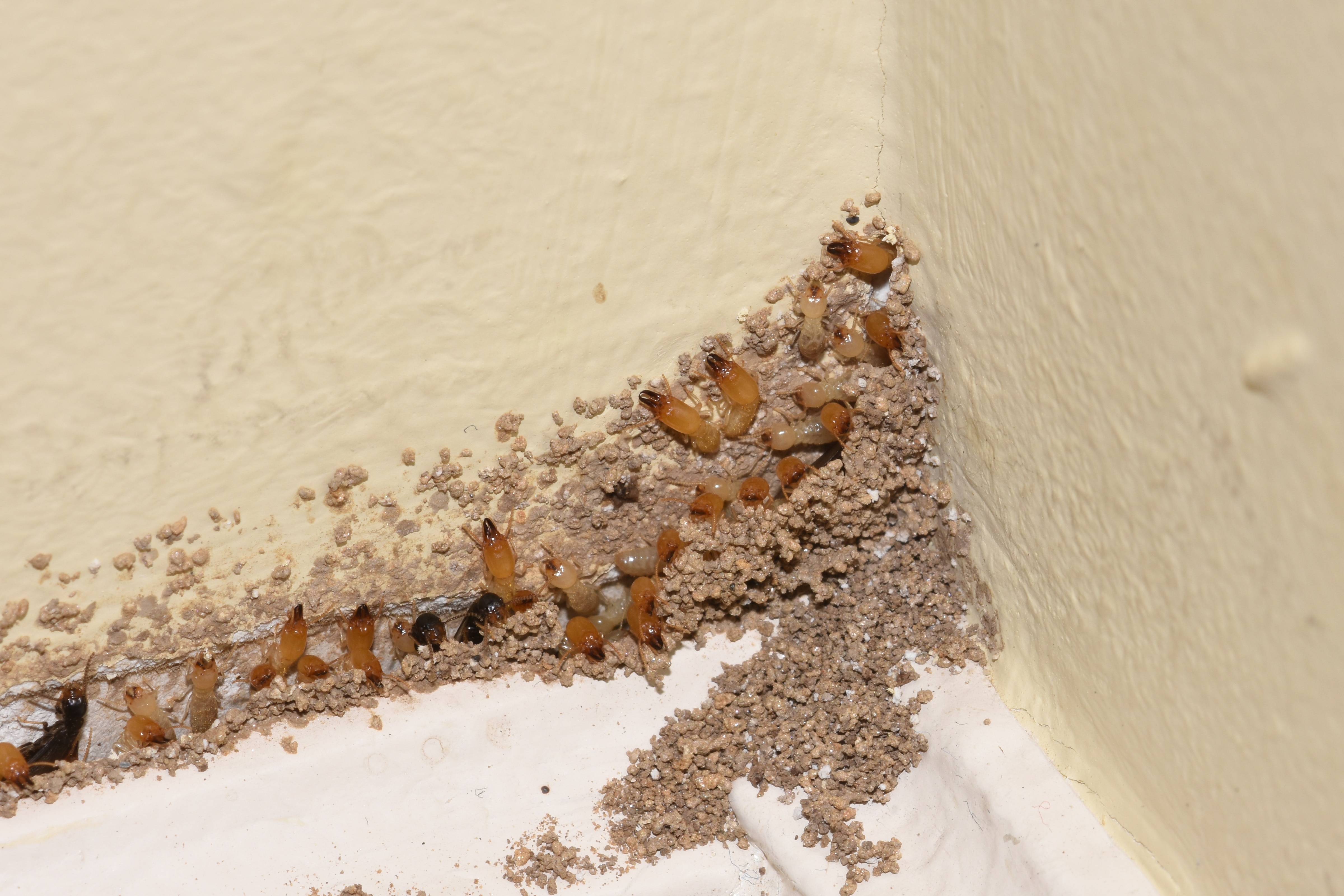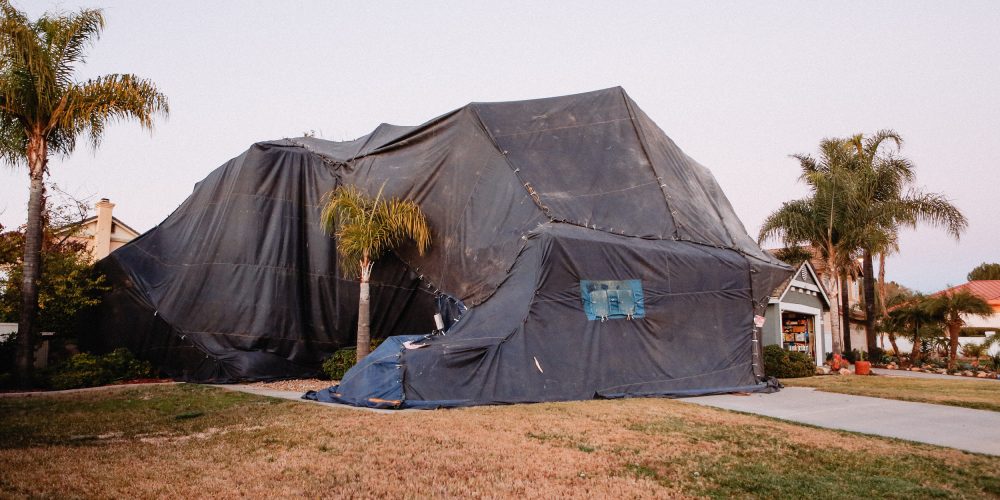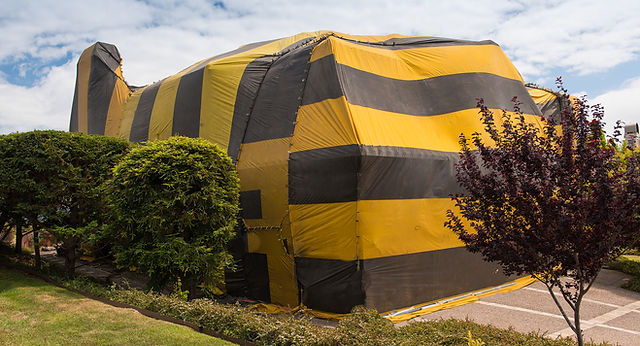When it comes to protecting your home from the relentless assault of termites, homeowners are often left grappling with a crucial question: Is the expense of termite tenting truly worth it? As these insidious pests stealthily consume wood and structural materials, causing often irreversible damage, many find themselves caught in a web of hesitation.
The costs associated with tenting can be significant—sometimes running into the thousands—but are they really justified when weighed against the potential fallout of a termite infestation?
In this article, we’ll delve into the factors that influence termite tenting prices, explore the long-term benefits it provides, and help you determine whether this pricey pest control method is a necessary investment for your home.
Introduction to Termite Tenting

Termite tenting, also known as fumigation, is a potent yet invasive method used to eradicate a serious termite infestation that threatens the structural integrity of homes and businesses. This process involves sealing the entire building with a large tent and introducing a gas that penetrates walls, floors, and even the most hidden crevices.
While the thought of enveloping your home in a plastic shroud may conjure hesitation, it’s a necessary step when less aggressive treatments fail. Often, homeowners find themselves weighing the inconvenience and costs associated with this comprehensive approach against the potential damage that unchecked termites can inflict.
This balancing act of expense versus prevention is at the heart of discussions surrounding termite tenting costs, making it imperative to delve deeper into whether the financial outlay is truly justified.
Understanding Termite Infestations

Understanding termite infestations begins with recognizing the subtle and often invisible signs of their presence. These elusive pests, which thrive in warm, moist environments, can silently wreak havoc on the structural integrity of a home.
Homeowners might notice the faint whisper of frass, the wood-colored droppings, or the sudden appearance of discarded wings, remnants of their swarming behavior during reproductive seasons. Beyond these telltale signs, infestations can progress rapidly, making early detection critical. The sheer complexity of their colony structure, with workers, soldiers, and reproductives functioning seamlessly, adds to the challenge of eradication.
Invariably, the damage they inflict can lead to costly repairs, highlighting the necessity of timely intervention through methods like tenting. As we delve deeper into the costs associated with termite tenting, understanding the biology and behavior of these pests will illuminate why such measures are often deemed essential.
Evaluating the Costs of Termite Tenting

Evaluating the costs of termite tenting requires a deep dive into not just the financials, but also the broader implications of a potential infestation. Typically, homeowners can expect to pay between $1,500 to $3,000 for this comprehensive treatment, which involves sealing the entire structure and fumigating it with powerful pesticides.
However, these figures can swing wildly depending on the size of the home, the severity of the infestation, and even the specific geographical location. Yet, what’s often overlooked is the potential cost of ignoring the problem—structural damage that could escalate into tens of thousands of dollars.
Thus, while the upfront expenditure might feel daunting, the long-term savings and peace of mind gained from eliminating termites can far outweigh the immediate financial impact. In the face of such a pest problem, the costs of termite tenting may not just be justified—they could be a prudent investment in the future integrity of your home.
Conclusion
In conclusion, while termite tenting costs can initially seem daunting, it’s essential to weigh these expenses against the long-term benefits of eradicating a potentially devastating pest. The investment in termite tenting not only addresses current infestations but also helps prevent extensive structural damage that can result in even higher repair costs down the line. By considering the overall health of your property and the peace of mind that comes with a pest-free environment, it becomes clear that the costs associated with termite tenting are, in fact, justified. Ultimately, proactive measures in pest control can save homeowners from frustration and significant financial burdens in the future.

